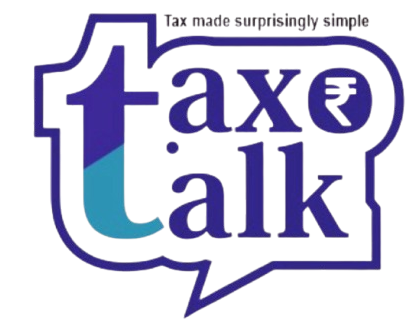Winding Up – Company
- Home
- Winding Up – Company
MCA
- Company Compliance
- LLP Compliance
- OPC Compliance
- Name Change - Company
- Registered Office Change
- DIN eKYC Filing
- DIN Reactivation
- Director Change
- Remove Director
- ADT-1 Filing
- DPT-3 Filing
- LLP Form 11 Filing
- Dormant Status Filing
- MOA Amendment
- AOA Amendment
- Authorized Capital Increase
- Share Transfer
- Demat of Shares
- Winding Up - LLP
- Winding Up - Company
Get In Touch
Have Any Questions?
+91 88799 44566
Winding Up of a Company
Winding Up of a Company refers to the legal process of closing a company, settling its liabilities, and distributing its remaining assets to shareholders before its name is struck off from the records of the Ministry of Corporate Affairs (MCA).
📌 Regulatory Authority: Ministry of Corporate Affairs (MCA), National Company Law Tribunal (NCLT)
📌 Applicable To: Private Limited Companies, Public Limited Companies, OPCs, and LLPs
Importance of Winding Up a Company
✅ Avoids Non-Compliance Penalties – A company that is not operational but not officially wound up continues to attract compliance costs and penalties.
✅ Legal Closure – Ensures the company is officially dissolved, preventing future legal disputes.
✅ Protects Directors & Shareholders – Eliminates the risk of financial and legal liability.
✅ Simplifies Exit Strategy – Helps promoters and investors exit the business cleanly.
✅ Settles Financial Obligations – Ensures that all creditors, employees, and stakeholders are paid before closure.
Types of Company Winding Up
1. Voluntary Winding Up
✔️ Initiated by company shareholders when they decide to close operations.
✔️ Requires a special resolution passed by shareholders.
✔️ The company must declare it is solvent and capable of paying off its debts.
2. Compulsory Winding Up
✔️ Ordered by the National Company Law Tribunal (NCLT) in cases of:
Insolvency or non-payment of debts
Fraudulent activities or mismanagement
Failure to file financial returns for 5 consecutive years
Documents Required for Company Winding Up
📌 Board Resolution & Shareholders’ Consent – Approval from the Board of Directors & Shareholders.
📌 Declaration of Solvency (STK-2 Form) – Confirms that the company has no pending liabilities.
📌 Statement of Accounts – Audited financial statements not older than 30 days.
📌 No-Objection Certificate (NOC) from Creditors – Proof that all debts and liabilities are settled.
📌 Income Tax Clearance Certificate – No dues certificate from the Income Tax Department.
📌 MCA Filings – Submission of necessary forms and documents with MCA.









